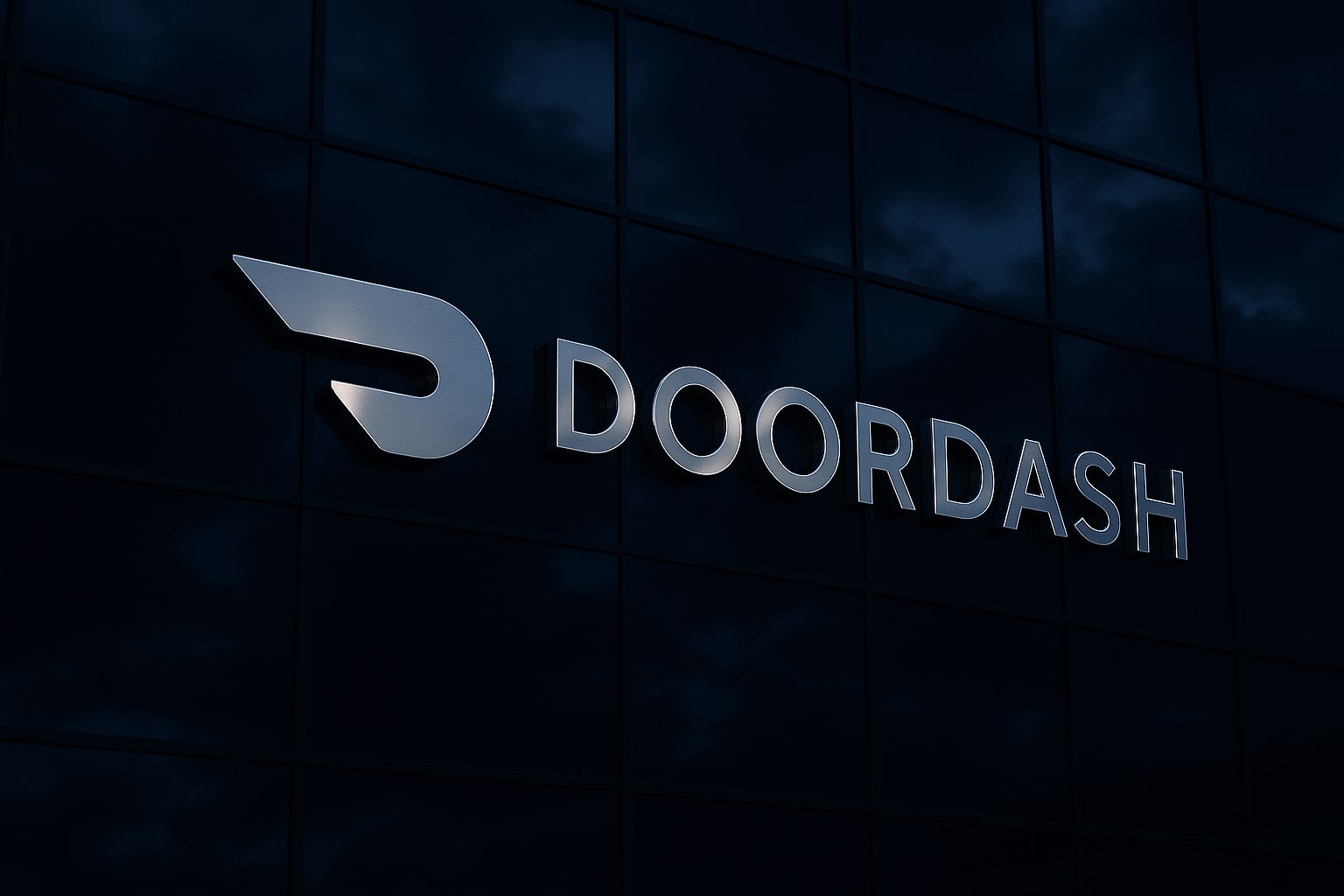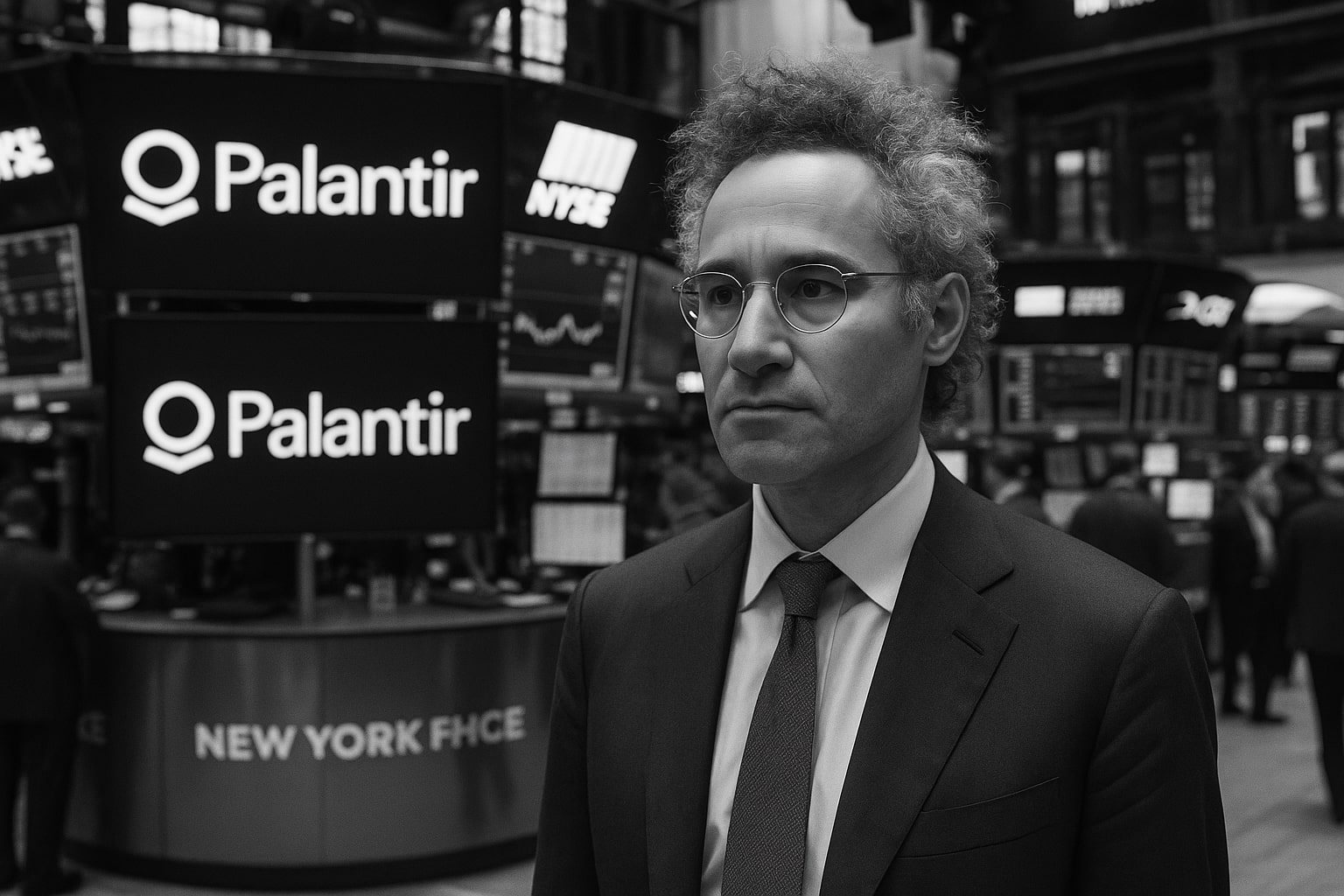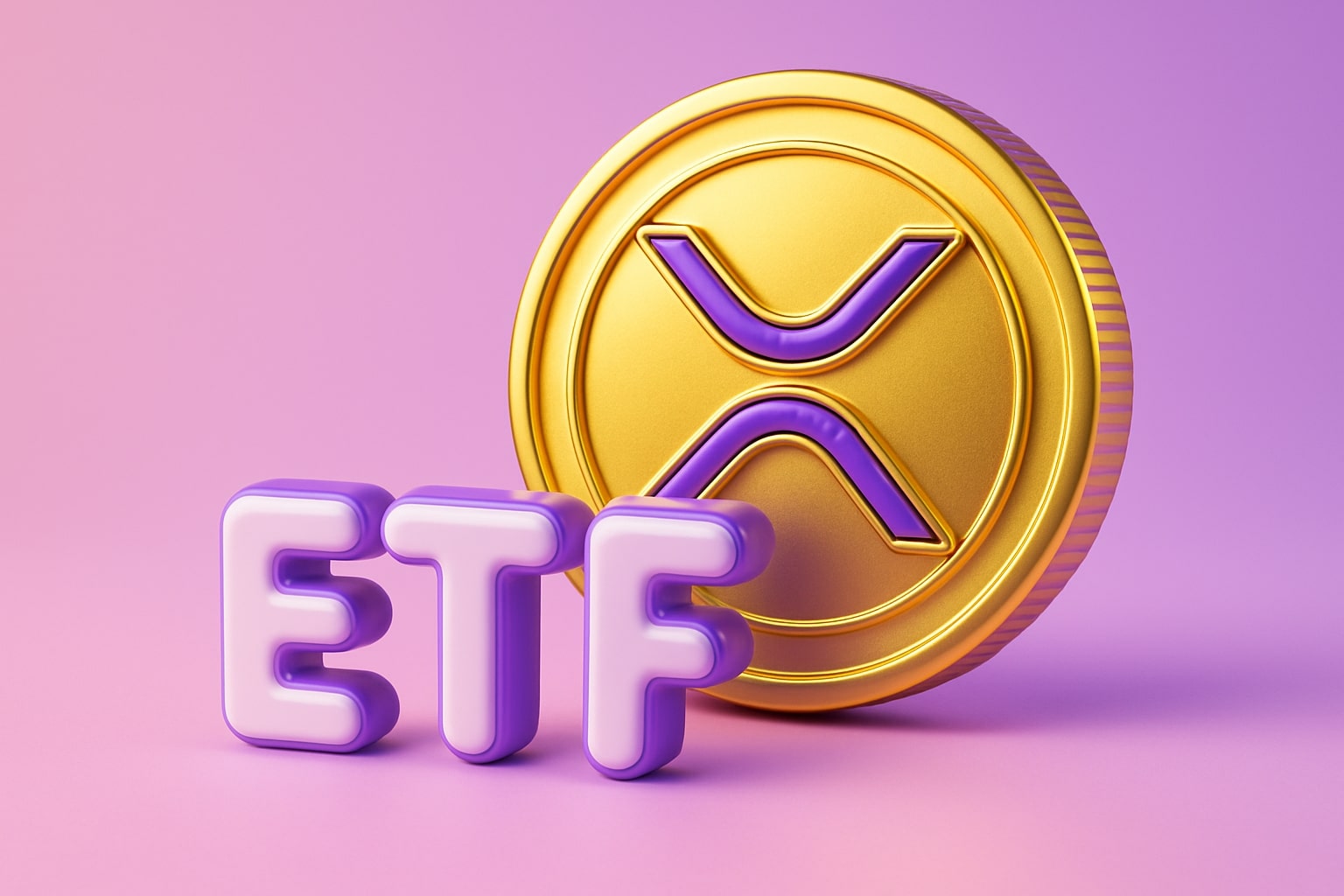
DoorDash Stock Price Forecast - DASH at $187.73 Eyes $29.5B GOV and $250–$280 Upside
After a 30% correction to $187.73, DoorDash (NASDAQ:DASH) prepares for a rebound fueled by Deliveroo integration, OpenAI partnerships, and $1.99B FCF | That's TradingNEWS
DoorDash (NASDAQ:DASH) Expands Beyond Food, Ignites Logistics Ambition with Deliveroo Integration and AI Partnerships
DoorDash (NASDAQ:DASH) closed at $187.73 (-7.21%) on November 20, extending a short-term correction that has wiped nearly 30% from recent highs above $270, yet the company’s financial and operational trajectory underscores a powerful secular story. The Q3 results highlight 25% YoY growth in Marketplace Gross Order Volume (GOV) to $25.0 billion, beating forecasts of $24.2–$24.7 billion, with adjusted EBITDA hitting $754 million, near the midpoint of guidance. Despite management’s warning of “several hundred million dollars” in additional investments for 2026, the firm’s strategic repositioning as a broader logistics and commerce infrastructure player suggests an intentional recalibration toward dominance in post-food retail fulfillment.
Deliveroo Integration and Platform Expansion Signal Global Synergies
The Deliveroo acquisition, finalized in early Q4, immediately expands DoorDash’s global reach by adding approximately $2.7 billion in GOV—boosting total volume by 10–11% and cementing DoorDash’s status as the world’s largest food delivery operator, surpassing Uber Eats (NYSE:UBER) with its $23.3 billion in delivery bookings. CEO Tony Xu confirmed that Deliveroo’s business “was in better shape than expected,” highlighting opportunities for product consolidation, cost synergy, and margin lift through combined European operations under the Wolt–DoorDash–Deliveroo technology platform. Management’s strategic pivot toward a unified backend system aims to unlock cross-continental scalability and leverage the company’s $5.1 billion in cash and investments, offsetting $2.7 billion in debt to maintain a net cash position.
Ecosystem Strength: DoorDash for Business and Cross-Platform Partnerships
DoorDash continues to diversify its revenue stack through DoorDash for Business, targeting office catering and B2B food delivery—reclaiming market share from legacy incumbents like Seamless and Grubhub. At the same time, partnerships with Lyft (NASDAQ:LYFT) and JPMorgan Chase (NYSE:JPM) enhance user retention via DashPass perks and co-branded credit card incentives. These programs bolster recurring subscriptions and reinforce stickiness across customer cohorts aged 25–35, a demographic that continues to drive convenience-based consumption despite macro spending slowdowns. With over $1.99 billion in trailing twelve-month free cash flow, DoorDash retains the flexibility to pursue aggressive expansion without compromising balance sheet integrity.
Artificial Intelligence Integration Positions DoorDash as a Retail Tech Platform
In November, DoorDash partnered with OpenAI and SCORE to launch the Small Business AI Jam, a multi-city initiative equipping over 1,000 U.S. merchants with AI-powered productivity tools. The collaboration extends DoorDash’s long-term plan to become the operational infrastructure for local commerce—integrating AI-enhanced menu imaging, automated marketing campaigns, and inventory optimization across small business partners. This deepens DoorDash’s technology moat while embedding itself in the local economy’s digital transformation. The company’s stated mission to “turn every physical retailer into an omni-channel player” positions it well beyond traditional food delivery, signaling a broader ambition to evolve into a full-stack retail logistics platform.
Financial Performance and Margin Outlook: Investing Today for Post-2026 Leverage
Management guided for Q4 Marketplace GOV up to $29.5 billion, representing 38.5% YoY growth, marking the first full quarter of Deliveroo contribution. While the company anticipates EBITDA margins to remain “flat to slightly up” in 2026, long-term expansion is expected as the unified global tech infrastructure matures. The board’s $5 billion share repurchase authorization remains untouched, providing latent shareholder return potential once growth investments normalize. At current levels, NASDAQ:DASH trades at 97x trailing earnings and about 20.6x EV/2026 adjusted EBITDA, aligning valuation with Uber despite DoorDash’s faster top-line growth in deliveries. Consensus forecasts expect 30% revenue growth next year to $17.9 billion and a 42% EBITDA increase to $3.93 billion, implying significant future leverage as tech and operational synergies materialize.
Read More
-
CGDV ETF Outpaces S&P 500 With $24.5 B AUM and 21% Total Return
20.11.2025 · TradingNEWS ArchiveStocks
-
Ripple’s XRPI and XRPR, XRP ETFs Slide to $11.76 and $16.51 as XRP-USD Stabilizes Near $2.00 After NYSE ETF Launch
20.11.2025 · TradingNEWS ArchiveCrypto
-
Natural Gas Price Forecast - (NG=F) Climbs to $4.62 as Cold Snap Fuels Demand and Traders Await EIA Report
20.11.2025 · TradingNEWS ArchiveCommodities
-
USD/JPY Price Forecast - Dollar to Yen Soars to 157.70 as BoJ Paralysis Deepens Yen’s 6% Fall
20.11.2025 · TradingNEWS ArchiveForex
Strategic Risk Landscape: Competition, Regulation, and Margin Compression
Despite its leadership, DoorDash operates within a volatile competitive landscape. Uber Eats remains the primary U.S. challenger, leveraging mobility synergies, while Amazon (NASDAQ:AMZN) looms as a potential entrant through its local delivery infrastructure. Additionally, regulatory pressure over driver classification and compensation could impact cost structures if governments enforce higher minimum guarantees or benefits coverage. The 2026 investment cycle carries short-term risk of market skepticism, particularly amid high expectations for profitability. However, the company’s $81.0 billion enterprise value, global scale, and proven adaptability mitigate these risks, reinforcing long-term resilience.
Investor Perspective and Market Repositioning
Following the 30% correction, DoorDash (NASDAQ:DASH) represents a compelling mid-term accumulation opportunity. Its balance of 25–30% GOV growth, durable unit economics, and expansion into non-restaurant categories such as convenience, grocery, and retail delivery underscore a sustained secular thesis. The Deliveroo integration and AI-driven local commerce initiatives mark the company’s transition from a food delivery app into a logistics-tech hybrid, comparable in trajectory to Shopify’s (NYSE:SHOP) role in e-commerce infrastructure.
Verdict: BUY — Secular Compounder with Margin Expansion Beyond 2026
With operational efficiency, unmatched ecosystem integration, and aggressive platform investment, DoorDash (NASDAQ:DASH) aligns as a high-quality growth asset. The near-term investment cycle provides an entry window ahead of a profitability re-acceleration phase projected post-2026. I maintain a BUY rating with a long-term upside trajectory toward $250–$280 once margins re-expand and Deliveroo integration completes


















